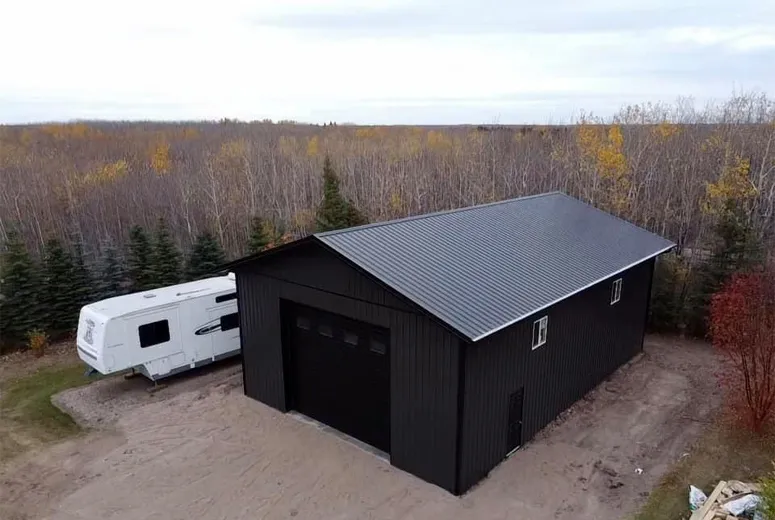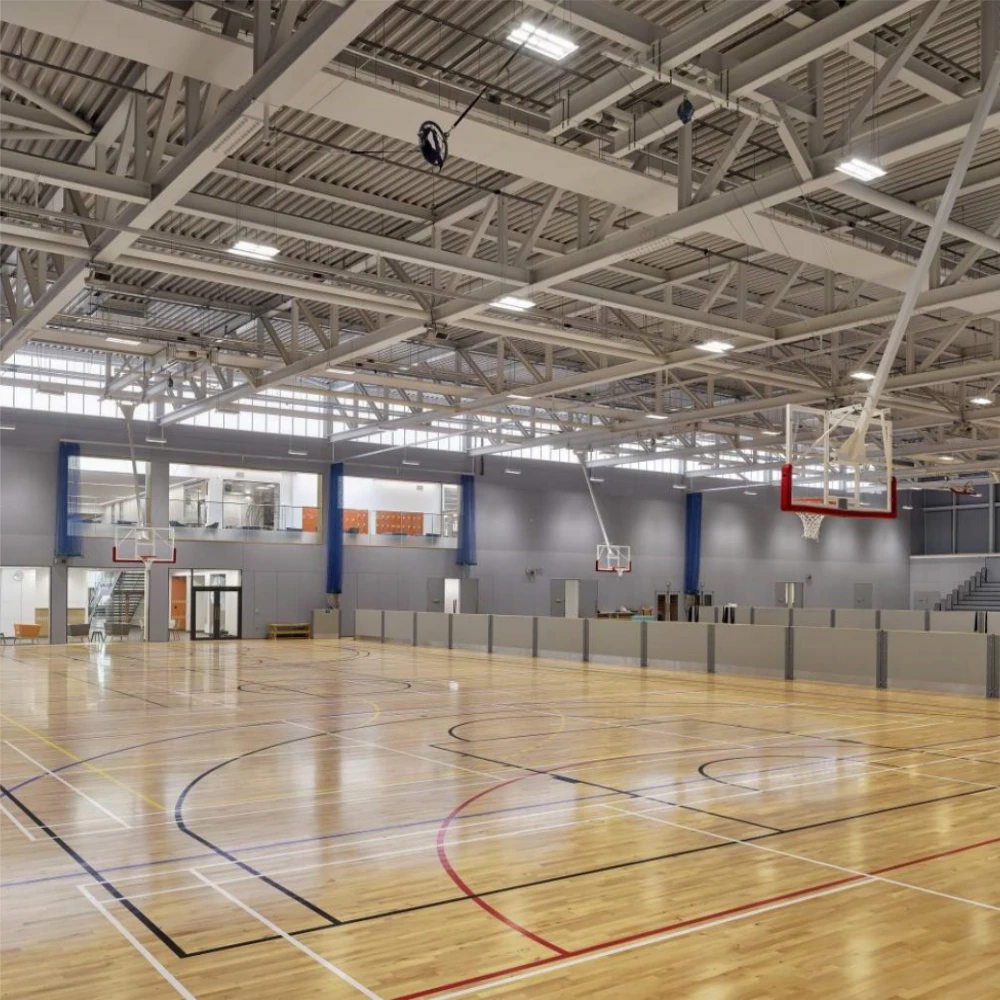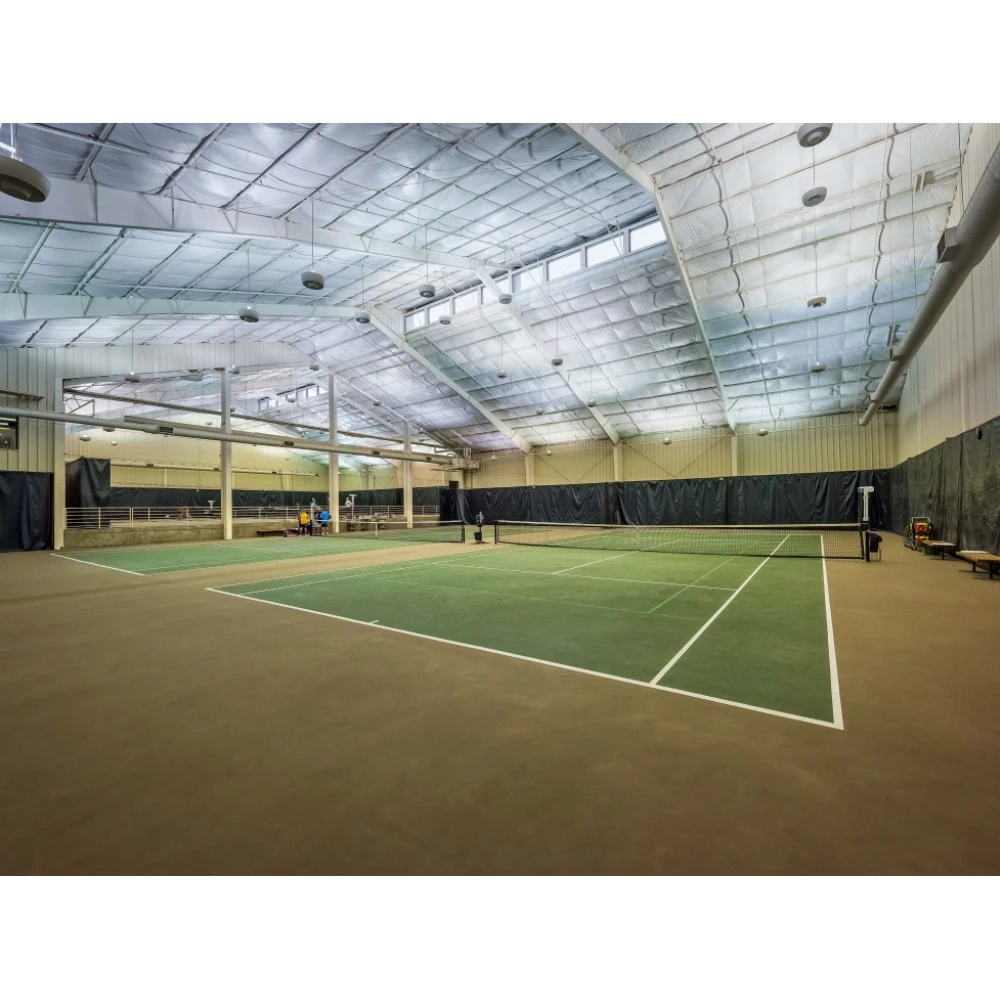- Afrikaans
- Albanian
- Amharic
- Arabic
- Armenian
- Azerbaijani
- Basque
- Belarusian
- Bengali
- Bosnian
- Bulgarian
- Catalan
- Cebuano
- Corsican
- Croatian
- Czech
- Danish
- Dutch
- English
- Esperanto
- Estonian
- Finnish
- French
- Frisian
- Galician
- Georgian
- German
- Greek
- Gujarati
- Haitian Creole
- hausa
- hawaiian
- Hebrew
- Hindi
- Miao
- Hungarian
- Icelandic
- igbo
- Indonesian
- irish
- Italian
- Japanese
- Javanese
- Kannada
- kazakh
- Khmer
- Rwandese
- Korean
- Kurdish
- Kyrgyz
- Lao
- Latin
- Latvian
- Lithuanian
- Luxembourgish
- Macedonian
- Malgashi
- Malay
- Malayalam
- Maltese
- Maori
- Marathi
- Mongolian
- Myanmar
- Nepali
- Norwegian
- Norwegian
- Occitan
- Pashto
- Persian
- Polish
- Portuguese
- Punjabi
- Romanian
- Russian
- Samoan
- Scottish Gaelic
- Serbian
- Sesotho
- Shona
- Sindhi
- Sinhala
- Slovak
- Slovenian
- Somali
- Spanish
- Sundanese
- Swahili
- Swedish
- Tagalog
- Tajik
- Tamil
- Tatar
- Telugu
- Thai
- Turkish
- Turkmen
- Ukrainian
- Urdu
- Uighur
- Uzbek
- Vietnamese
- Welsh
- Bantu
- Yiddish
- Yoruba
- Zulu
Sep . 05, 2024 16:52 Back to list
Light Gauge Steel Buildings A Modern Construction Solution
Light gauge steel (LGS) buildings have emerged as a popular choice in the construction industry, revolutionizing the way we think about residential and commercial structures. Composed of thin sheets of steel, these buildings offer a myriad of benefits that appeal to architects, builders, and property owners alike. From sustainability to versatility, the advantages of light gauge steel construction are numerous.
One of the primary benefits of light gauge steel buildings is their durability. Steel is inherently resistant to pests, such as termites, which can wreak havoc on traditional wooden structures. Moreover, LGS buildings are fire-resistant, providing an additional layer of safety. This durability extends the lifespan of the building, reducing maintenance costs over time and ensuring that the structure remains sound even in challenging environmental conditions.
Sustainability is another significant advantage of light gauge steel construction. Steel is a recyclable material, making it an environmentally friendly option compared to conventional building materials. Many light gauge steel products are sourced from recycled steel, further reducing the environmental footprint of the construction process. Additionally, LGS building practices often integrate energy-efficient designs and insulation, leading to lower energy consumption and reduced greenhouse gas emissions in the long run.
Versatility also plays a crucial role in the appeal of light gauge steel buildings. LGS can be easily molded into various shapes and sizes, enabling architects to design innovative and unique structures. From residential homes to multi-story commercial buildings, light gauge steel can be adapted to meet diverse design requirements. Furthermore, the lightweight nature of steel allows for easier transportation and faster construction times, which can significantly reduce labor costs and project timelines.
light gauge steel buildings

Cost-effectiveness is another important aspect of light gauge steel buildings. While the initial investment may be comparable to traditional materials, the long-term savings associated with reduced maintenance, energy efficiency, and longevity make LGS a financially sound choice. Additionally, the speed of construction can lead to quicker returns on investment for commercial projects, making it an attractive option for developers.
In terms of structural integrity, light gauge steel provides excellent strength-to-weight ratios, which allows for vast open spaces without the need for heavy support beams. This architectural freedom is particularly beneficial for commercial spaces, where open floor plans can enhance functionality and aesthetics.
Finally, the growing acceptance of light gauge steel in the construction industry reflects a shift toward modern building practices that prioritize efficiency, sustainability, and innovation. With ongoing advancements in technology and design techniques, the future of light gauge steel buildings looks promising.
In conclusion, light gauge steel buildings represent a forward-thinking approach to construction, offering durability, sustainability, versatility, cost-effectiveness, and structural integrity. As more architects and builders embrace this modern construction solution, we can expect to see an increasing number of light gauge steel structures shaping our urban landscapes for years to come.
-
How Do Prefabricated Steel Structures Transform Modern Construction?
NewsJul.14,2025
-
How Do Prefabricated Metal Buildings Redefine Modern Construction?
NewsJul.14,2025
-
How Do Prefab Insulated Metal Buildings and Steel Structures Revolutionize Modern Construction?
NewsJul.14,2025
-
How Do Pre - Engineered Steel Structures Redefine Modern Construction?
NewsJul.14,2025
-
Advancing Modular Construction with Prefabricated Metal Structures
NewsJul.14,2025
-
Advancing Industrial Infrastructure with Prefabricated Steel Solutions
NewsJul.14,2025
Products categories
Our Latest News
We have a professional design team and an excellent production and construction team.












